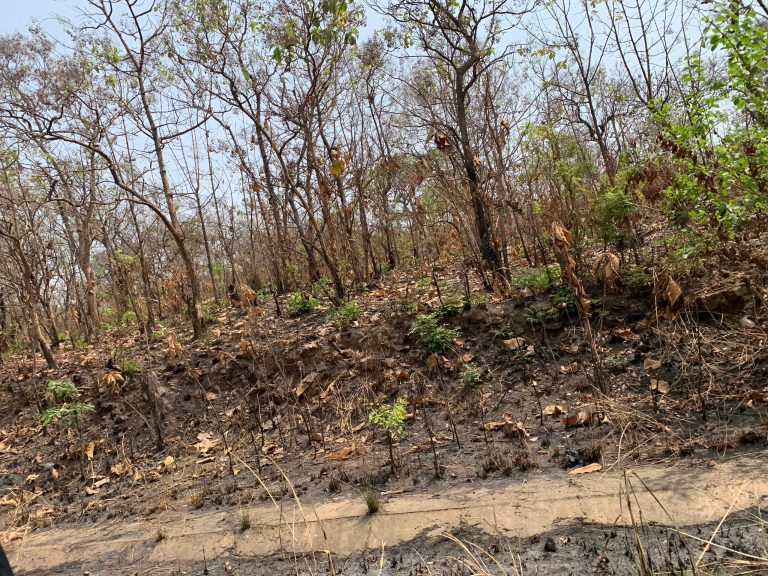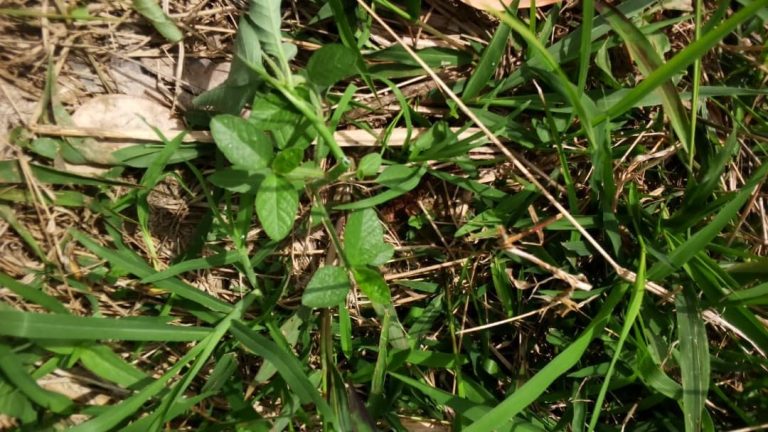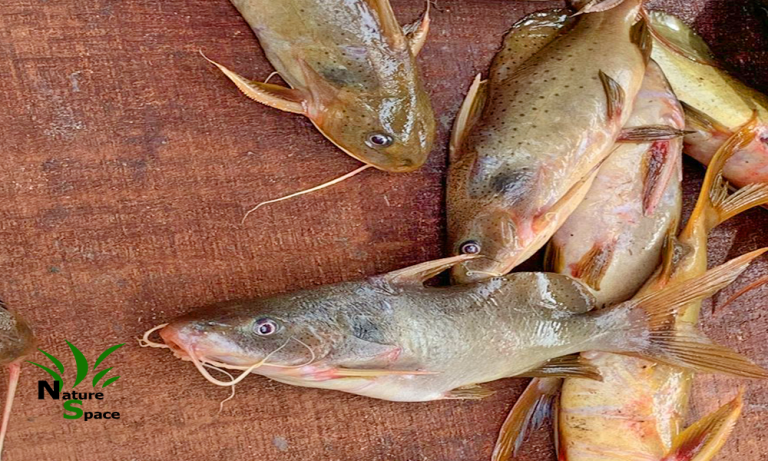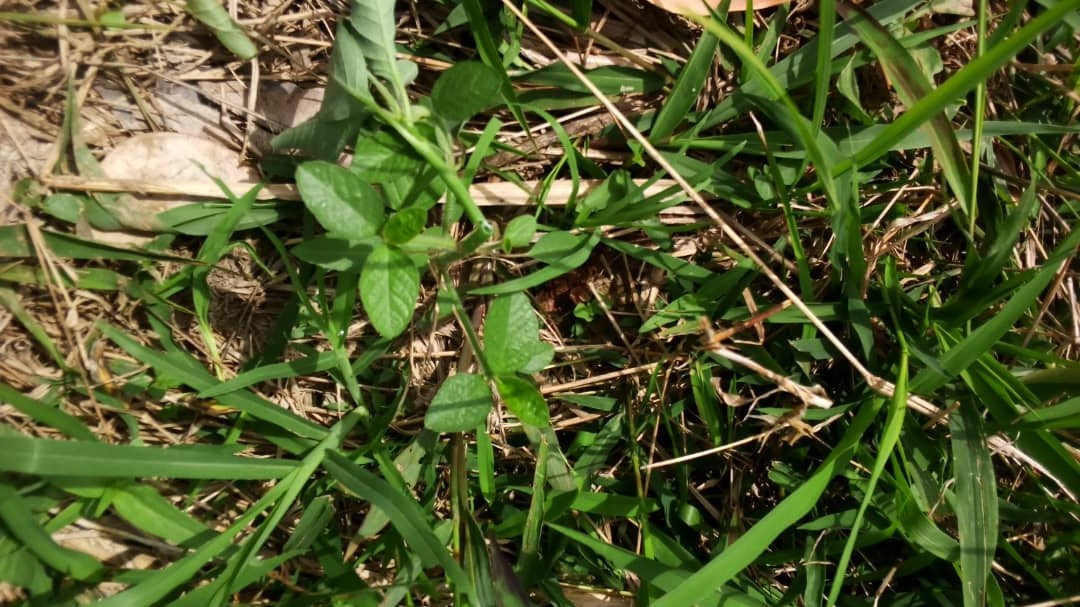
Globally, the rate of spread of invasive species in different ecosystems primarily leads to the extinction of native species and subsequently the depletion of biodiversity (Wilcove & Chen 1998). The ecosystem products and services stand the greater risk of biodiversity loss from invasive species in which neither man-made or natural ecosystems are spared. Therefore, curtailing their spread has been the interest of ecologists, managers of natural resources and biological conservationists over the years. This is because, the invasive species alters hydrology, nutrients accumulation, nutrient cycling and carbon sequestration (Polley et. al, 1997) as well as the reduction of crop yield.
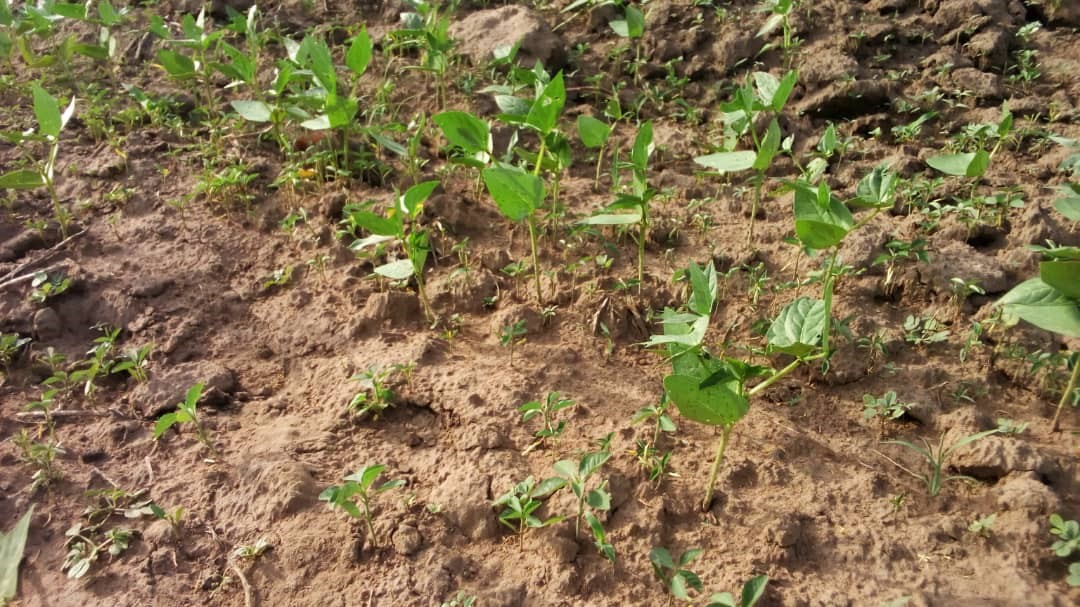
According to Turlings (2000), invasive species are either species, subspecies or lower taxon that occurs outside their natural range and dispersal potential which includes any part of that species that might survive and reproduce. These species invade natural or artificial forest, destroys species richness and abundance and thus suppresses the growth of food crops in agriculture lands. Therefore, having a diverse ecosystem provides several advantages to mankind where agricultural biodiversity provides humans with food and raw materials such as wood for shelter, cotton for clothing, plants and roots for medicine and livelihood support for households.
Some common invasive species in Ghana include; Calopogonium mucunoides, Broussonetia papyrifera (Yorke), Cedrella odorata, Leucaena leucocephala, Chromolaena odorata and Eichhornia crassipes (water hyacinth) according to the Conservation of Biological Diversity (CBD) Ghana (2015).
Milkweed is one of the commonly identified invasive species and its infestation across farmlands has been one major bottleneck to farming activities in Ejura-Sekyedumasi, Ashanti region of Ghana. The indigens popularly refer the weed as Milkweed or Adanko milk and it is considered as a weed that has ravage farmlands, resisting chemicals and weedicides and thus taking over the top soil. Farmers normally become irritated and perturbed as all possible means in destroying and killing such weed has proven futile. Weeds are considered enemies to farmers as it competes with plants for nutrients, suppress the growth of crops and incur additional expenses in the purchase of weedicides.

The spread of invasive milkweed species was reported in a publication by Ducs et al. (2016), where rabbit kittens were considered a biological control measure for curbing its spread. However, Anderson (1999) also reported it as poisonous to sheep and cattle due to the presence of a poisonous glucosidic substance called cardenolides. Thus, refuting the cattle-spread misconception among indigenes in Ejura-Sekyedumasi. Moreover, this weed species has several economic losses of 20% in a studied competition between the milkweed and oat (cereals and grains family) (Bhowmik, 1982).
Over the years, there have been increasing efforts to prevent, control, and eradicate the spread of invasive species. It is truly important to effectively assist in mapping out, tracking, and managing the distribution of the species across various landscapes. It is a wake-up call for the Department of Agriculture, NGOs, the Municipal Assembly, and educational researchers to extensively provide workable solutions to curtailing the spread of milkweed.
By Daniel K. Owusu
